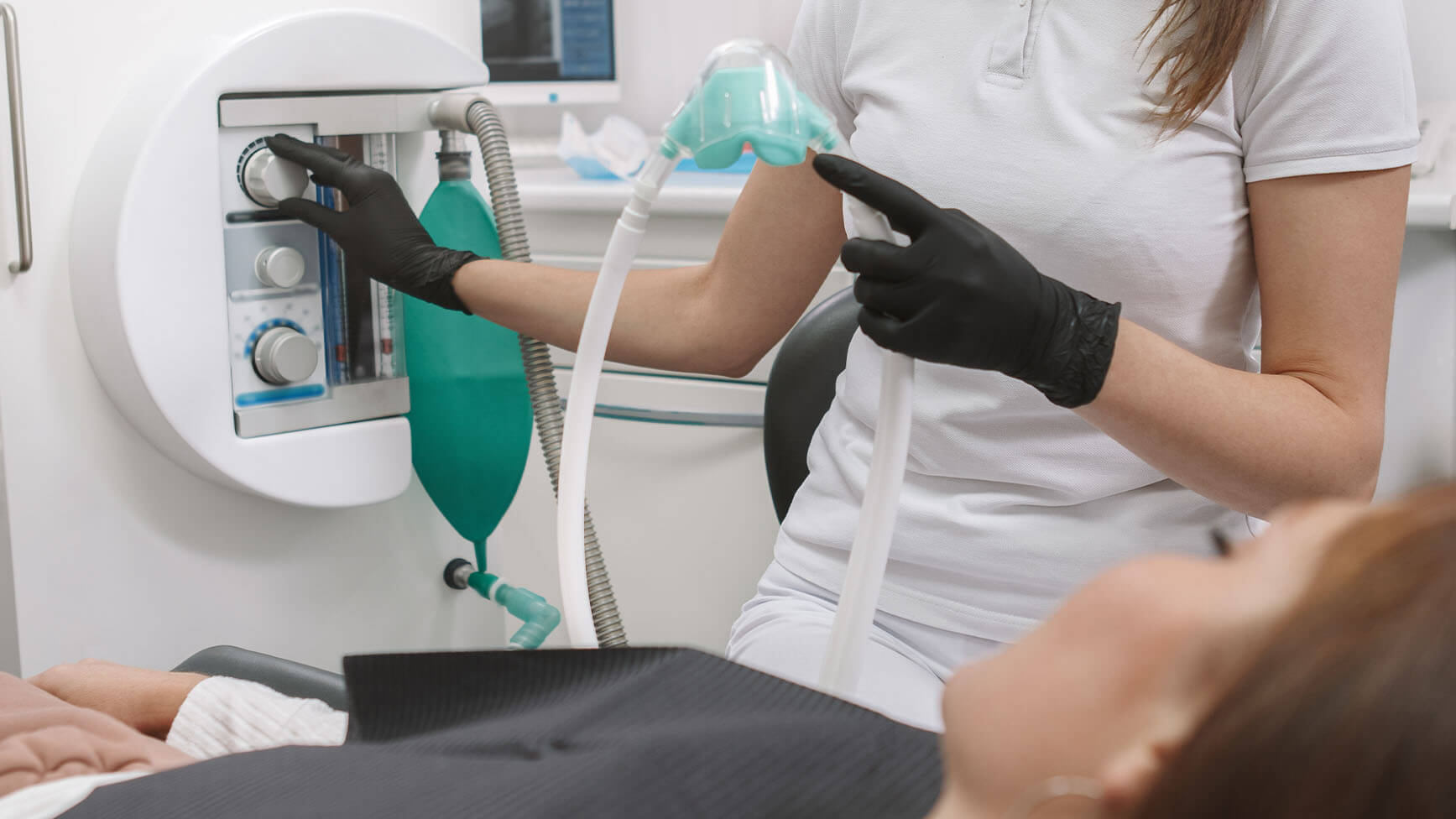
Image Source: Google
For many people, a visit to the dentist can be a stressful and anxiety-inducing experience. The sound of the dental drill, the smell of the clinic, and the fear of pain can all contribute to dental phobia. However, thanks to advancements in sedation dentistry, patients can now undergo dental procedures in a relaxed and comfortable state. This article explores the benefits of sedation dentistry in ensuring a stress-free dental experience for patients.
What is Sedation Dentistry?
Sedation dentistry involves the use of medication to help patients relax during dental procedures. There are different levels of sedation used, including:
1. Minimal Sedation:
- Patient is awake but relaxed. Refer Link: https://thepinesdentaloffice.com/anti-anxiety/.
- Helps reduce anxiety and discomfort.
2. Moderate Sedation (Conscious Sedation):
- Patient may slur words but can respond to verbal cues.
- Patient may not remember much of the procedure afterwards.
3. Deep Sedation:
- Patient is on the edge of consciousness but can still be awakened.
- Patient may not remember the procedure at all.
4. General Anesthesia:
- Patient is completely unconscious.
- Used for extensive procedures or for patients with severe dental anxiety.
The Benefits of Sedation Dentistry
1. Reduction of Anxiety and Fear:
One of the primary benefits of sedation dentistry is its ability to reduce anxiety and fear in patients. By inducing a state of relaxation, patients can undergo dental procedures without the stress and discomfort that often accompanies a visit to the dentist.
2. Increased Comfort:
Sedation dentistry helps patients feel more comfortable during their dental appointment. This is particularly beneficial for individuals with sensitive gag reflexes, low pain thresholds, or difficulty sitting still for long periods of time.
3. Time-Efficiency:
Since patients are more relaxed under sedation, dentists can often perform multiple procedures in one visit. This can help patients save time and reduce the number of trips to the dental clinic.
4. Pain Management:
During some dental procedures, local anesthesia may not be sufficient to eliminate all sensations of pain. Sedation dentistry can be used in conjunction with anesthesia to ensure patients remain comfortable throughout the procedure.
5. Control of Gag Reflex:
Patients with a strong gag reflex may find it difficult to undergo certain dental procedures. Sedation can help suppress the gag reflex, making it easier for the dentist to work in the patient's mouth.
6. Memory Loss:
For patients who experience dental phobia, the ability of sedation dentistry to induce partial or complete memory loss of the procedure can be a significant advantage. This can help alleviate future anxiety related to dental visits.
Types of Sedation Used in Dentistry
1. Inhaled Sedation:
- Patients breathe in nitrous oxide (laughing gas) through a mask.
- Effects wear off quickly after the mask is removed.
2. Oral Sedation:
- Patients take a prescribed sedative pill before the procedure.
- May range from minimal to moderate sedation depending on the dosage.
3. IV Sedation:
- Medication is delivered intravenously for immediate effect.
- Allows for adjustments in sedation levels during the procedure.
4. General Anesthesia:
- Usually reserved for complex procedures or patients with extreme dental anxiety.
- Administered by an anesthesiologist to induce unconsciousness.
Is Sedation Dentistry Right for You?
If you experience dental anxiety or have difficulty undergoing dental procedures due to fear or discomfort, sedation dentistry may be a suitable option for you. However, it is important to consult with your dentist to determine the most appropriate type of sedation for your specific needs and medical history.
Overall, sedation dentistry offers a safe and effective way to ensure a stress-free dental experience for patients, allowing them to receive the necessary dental care without the anxiety and fear that can often accompany a visit to the dentist.